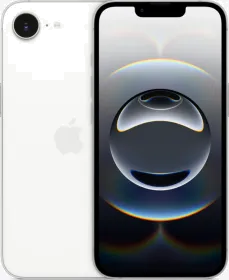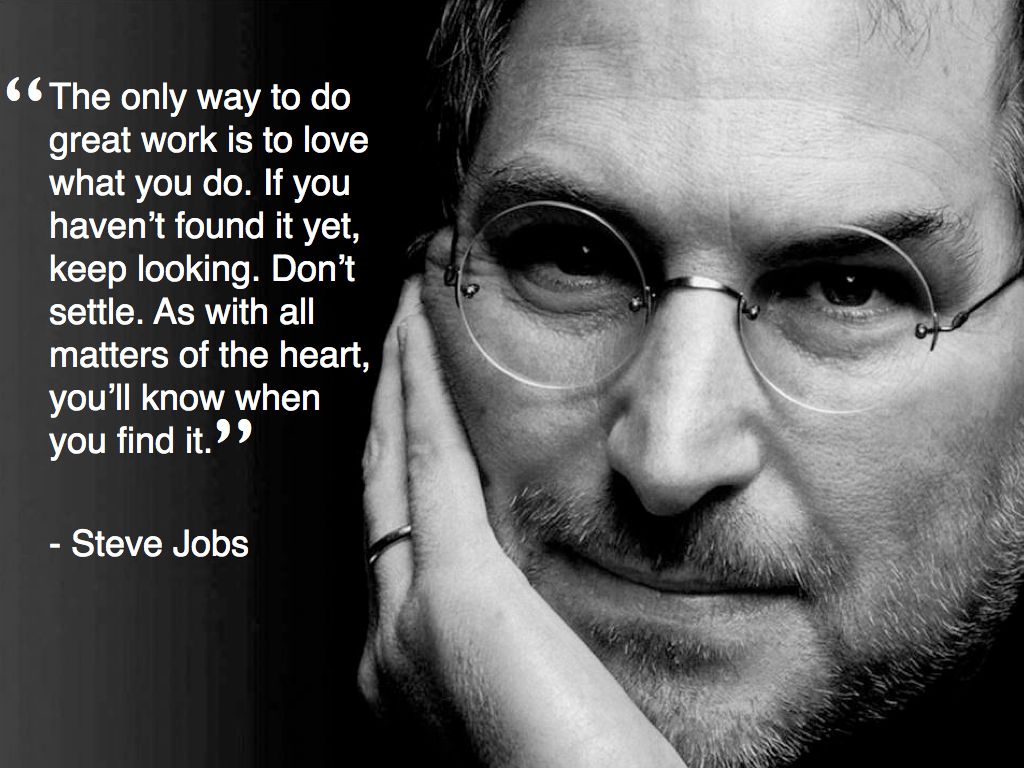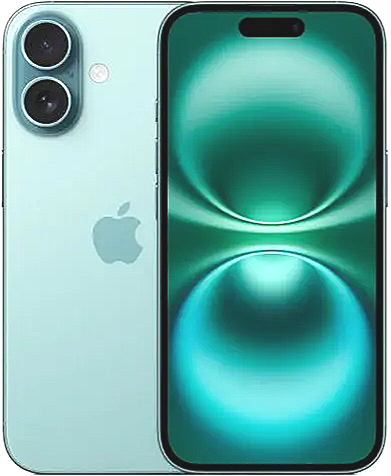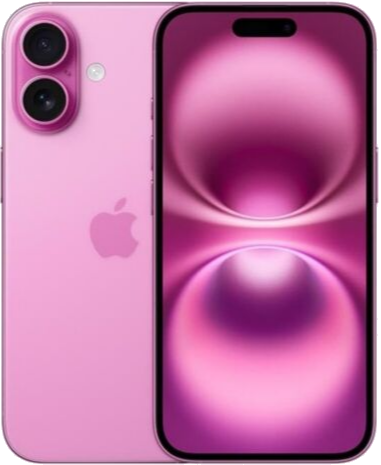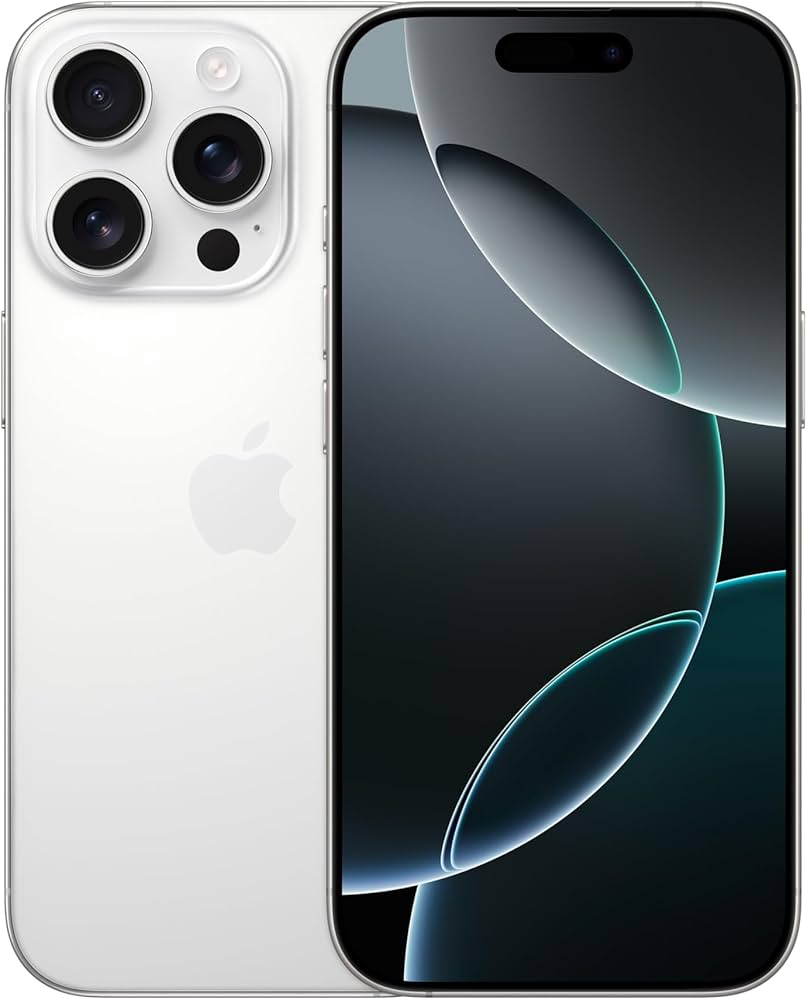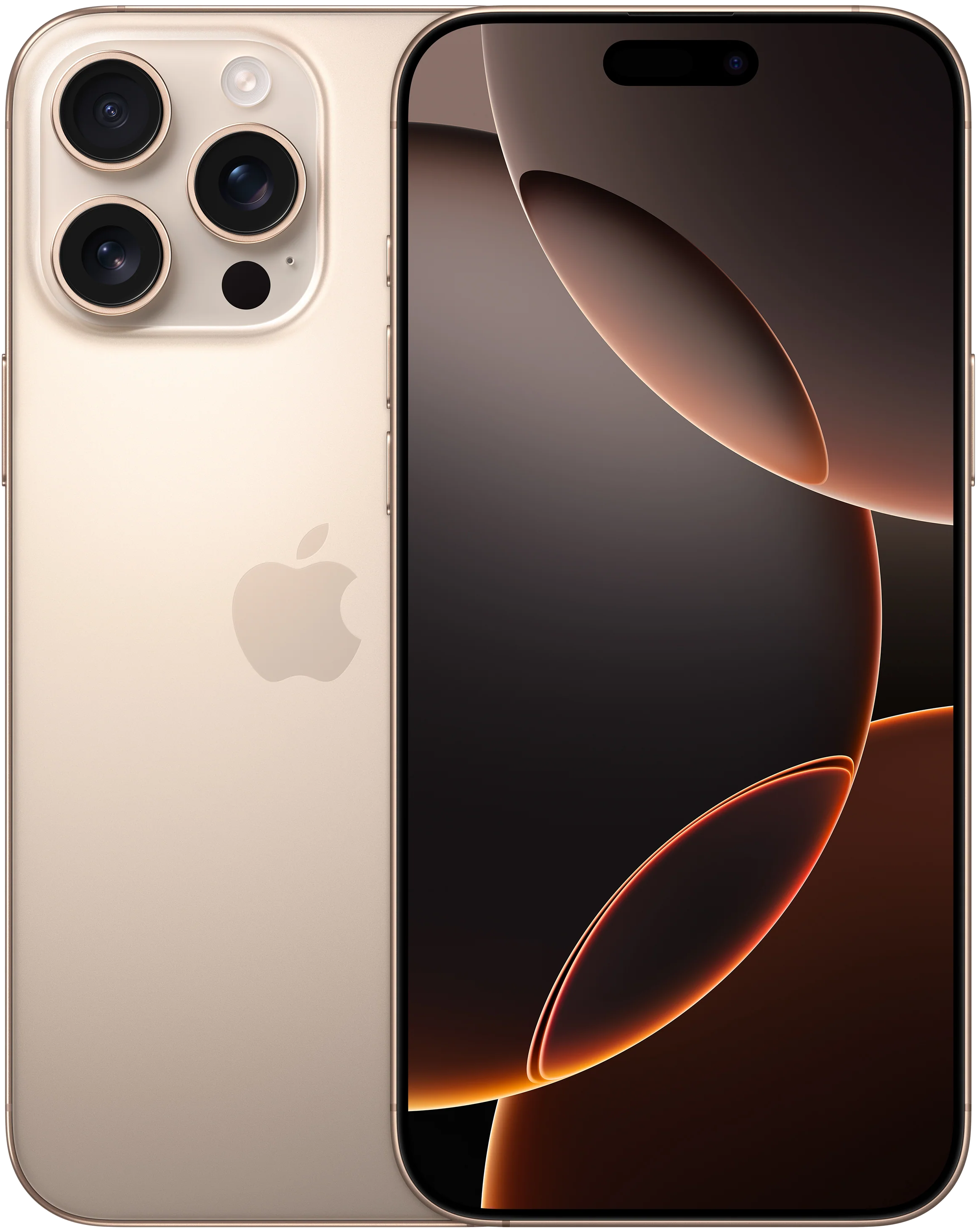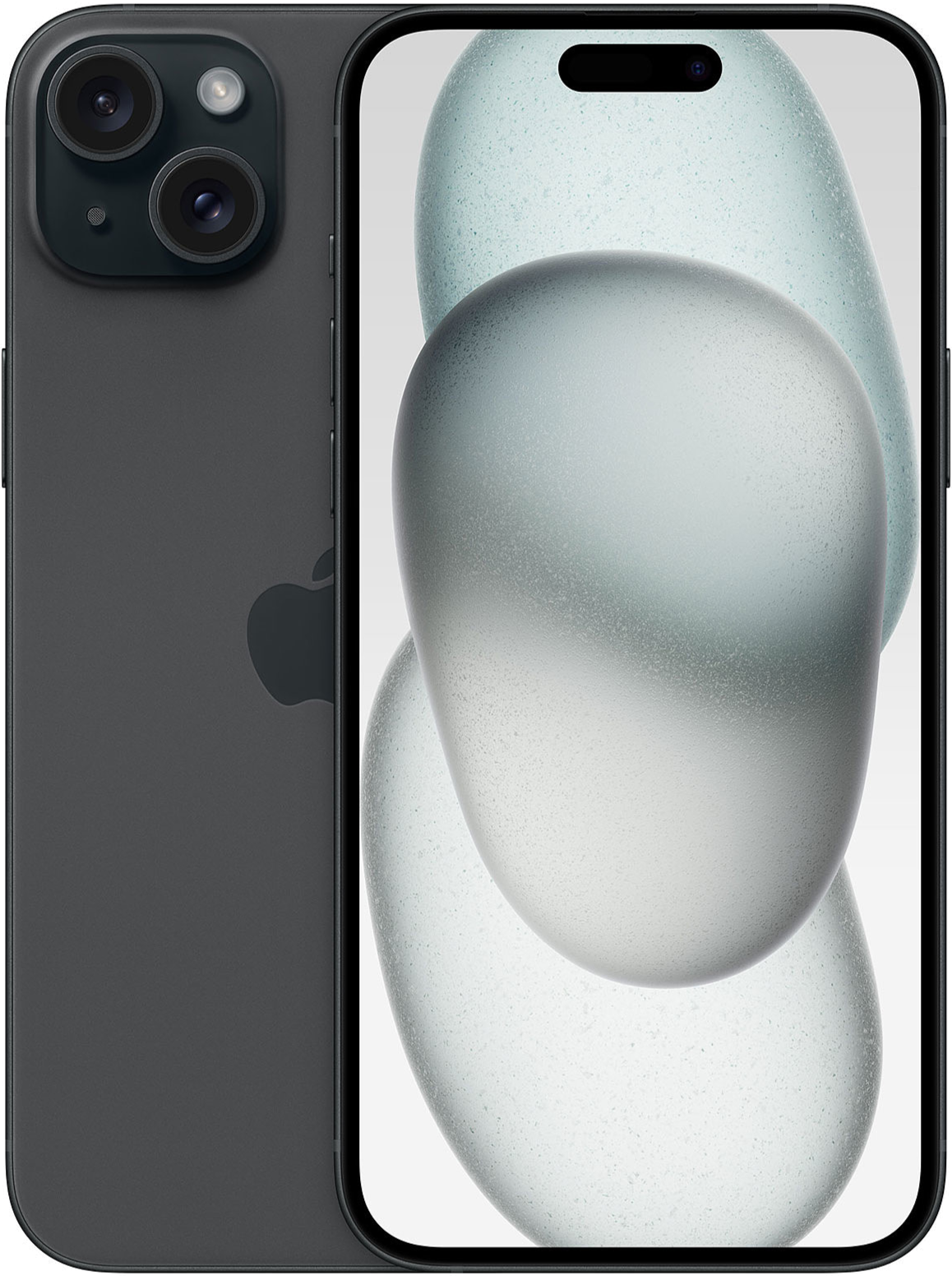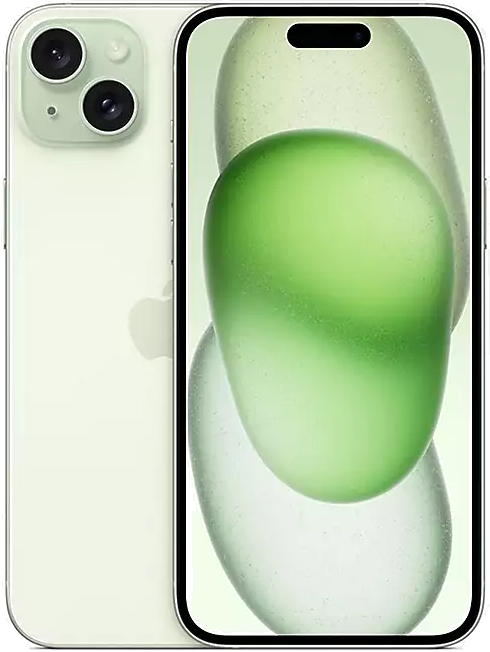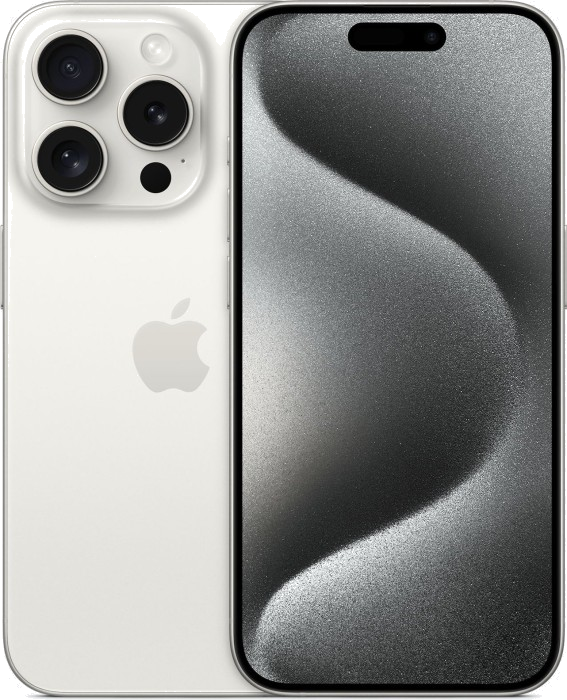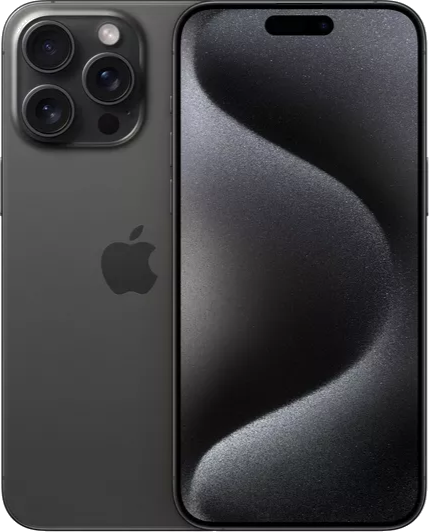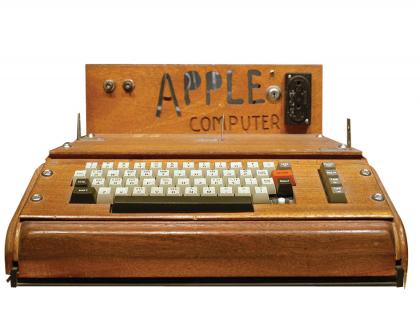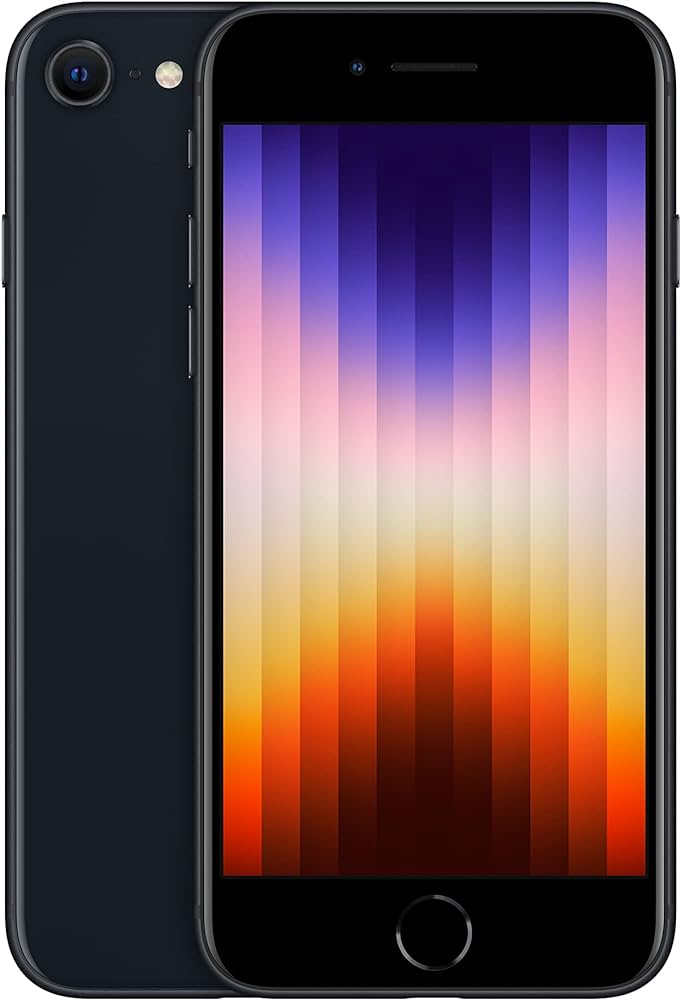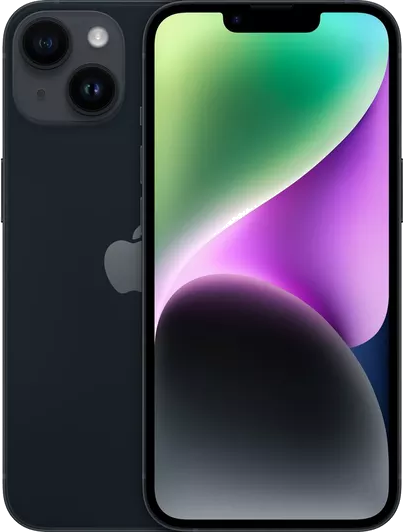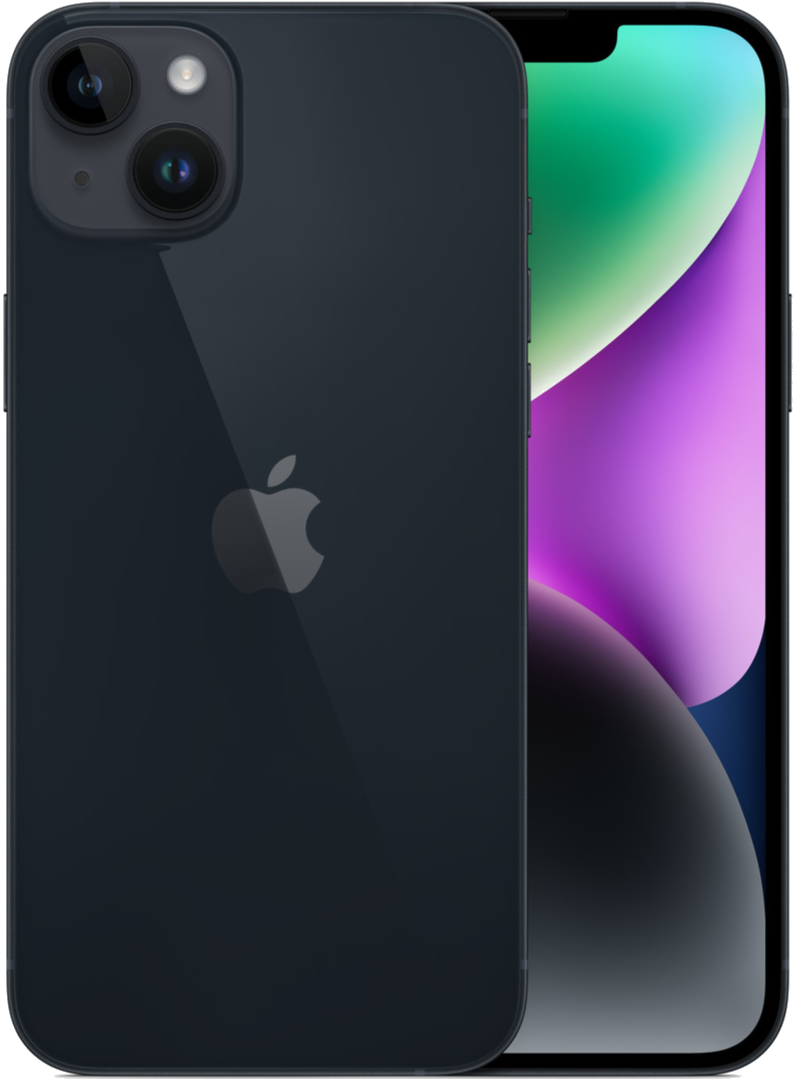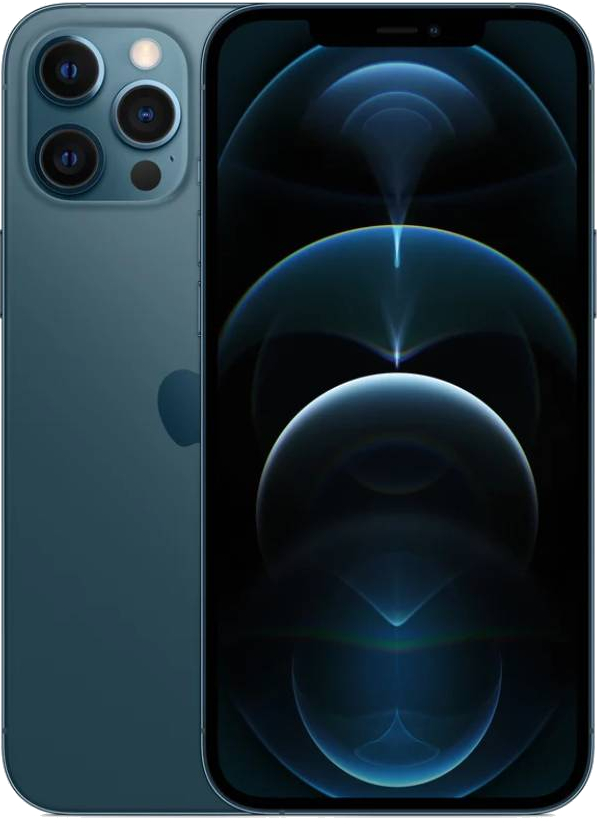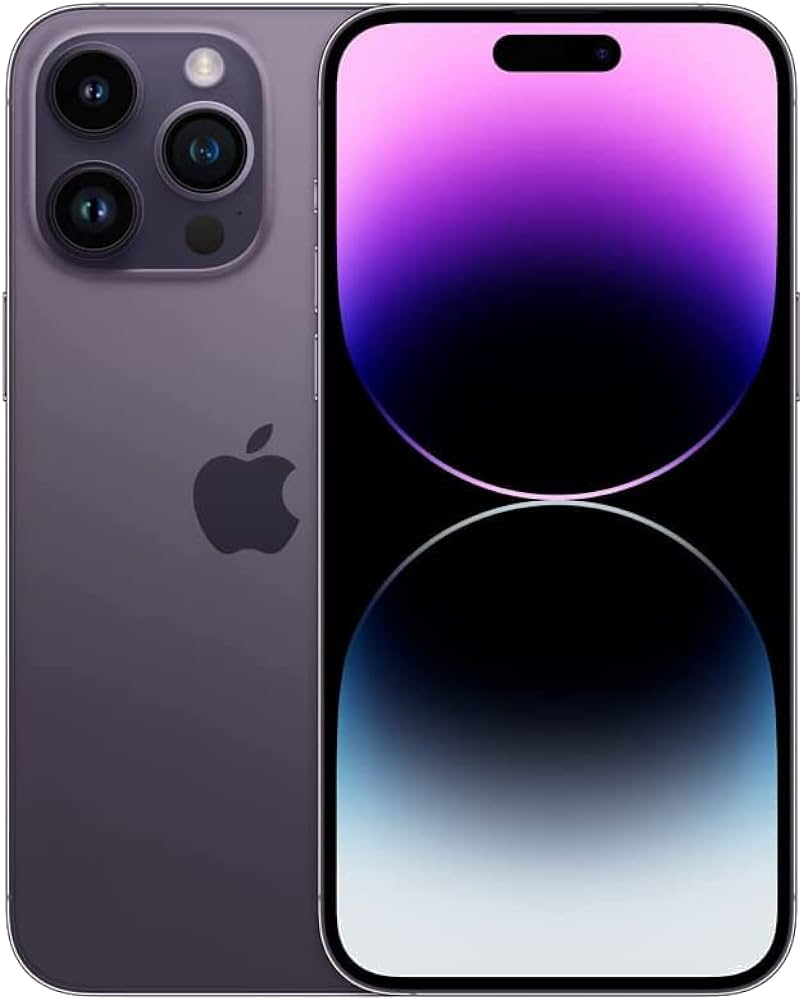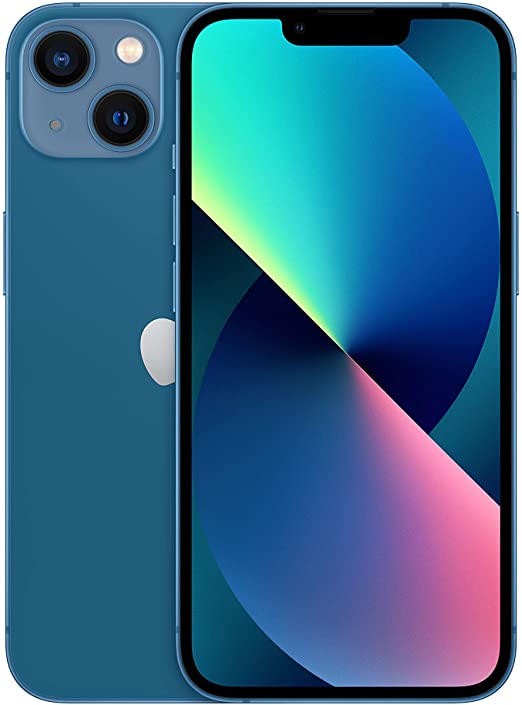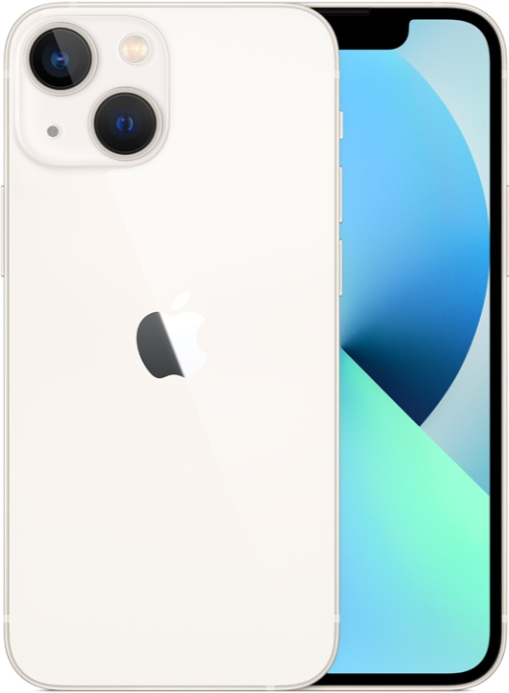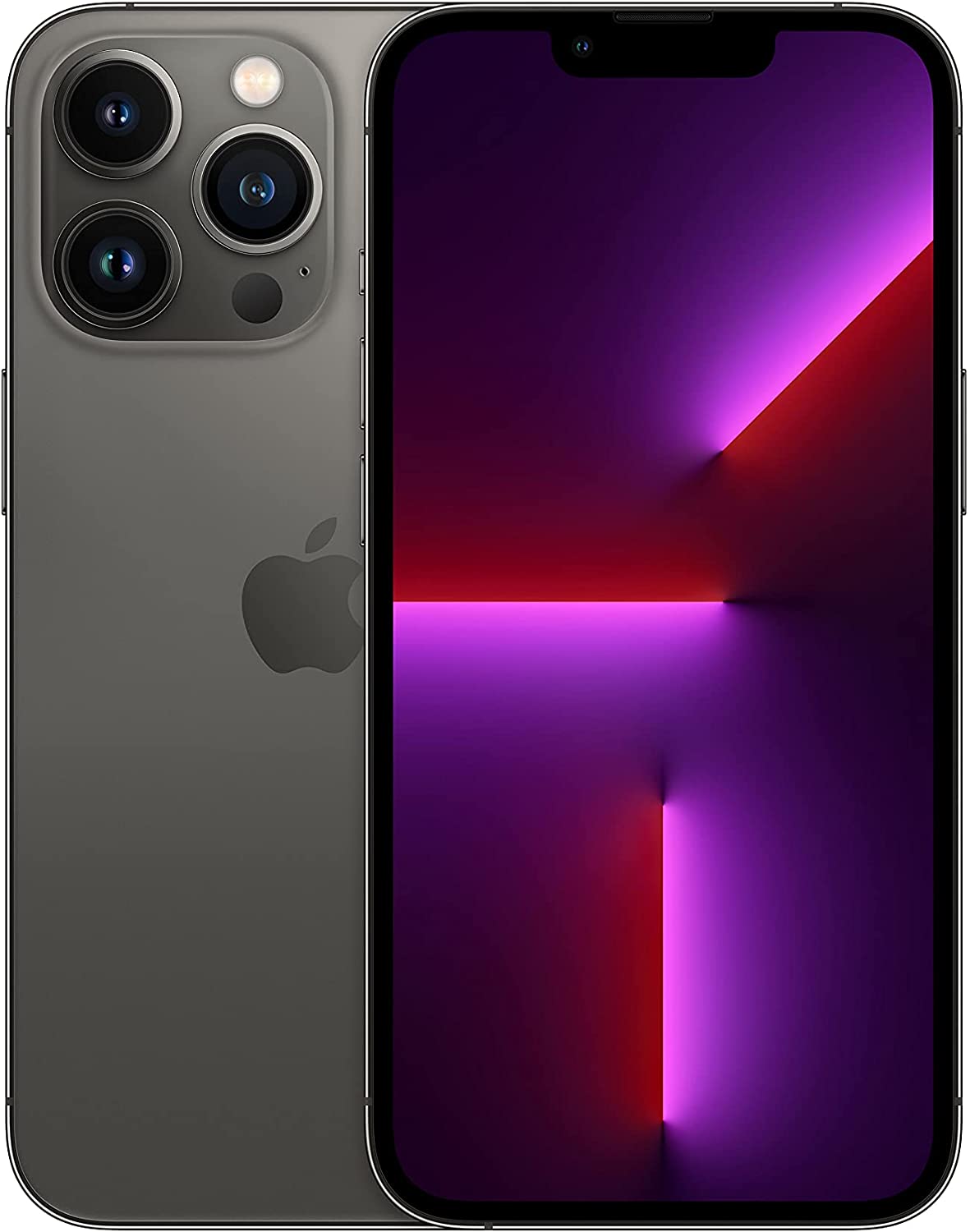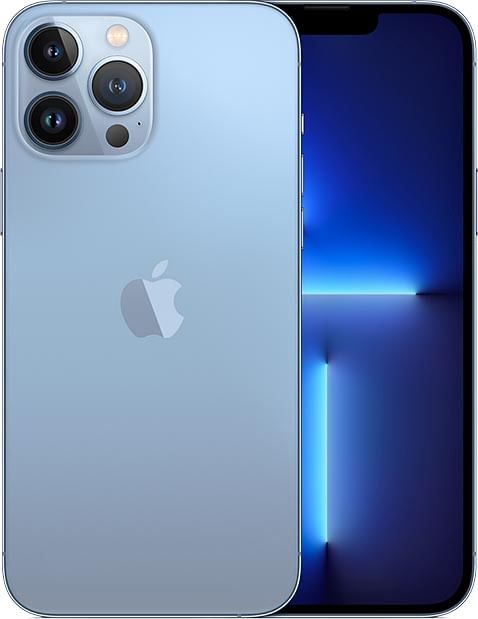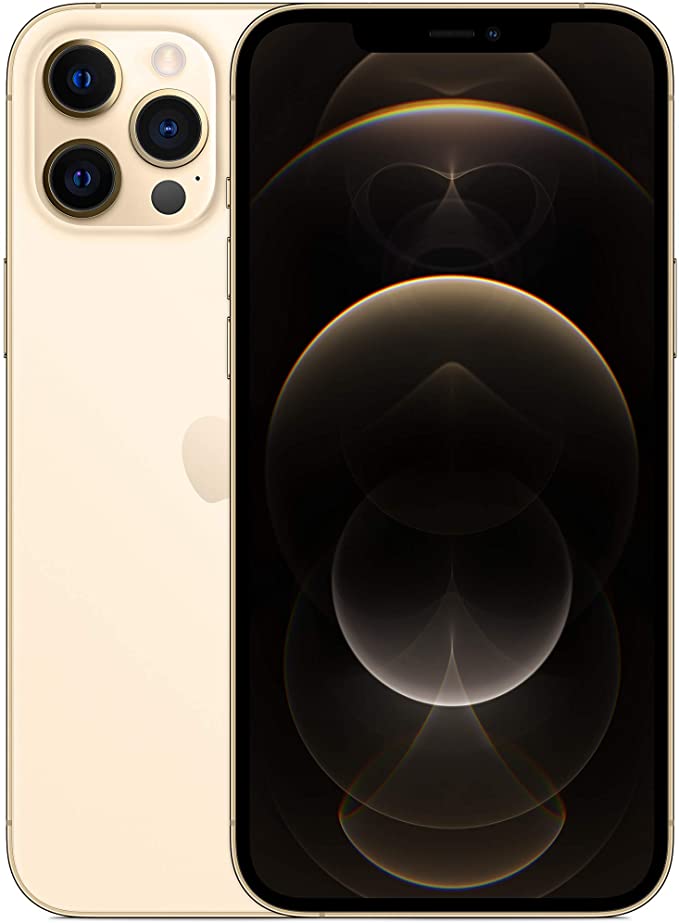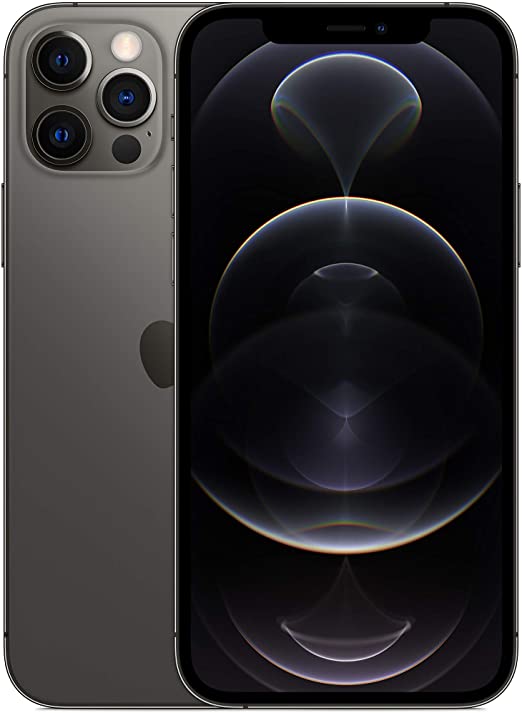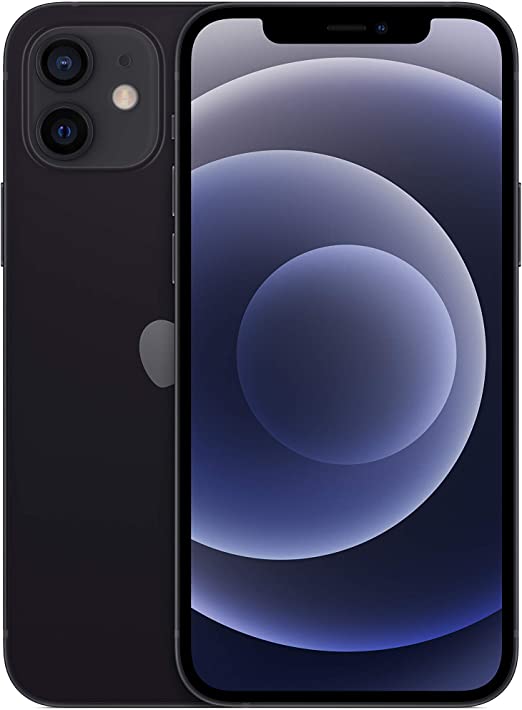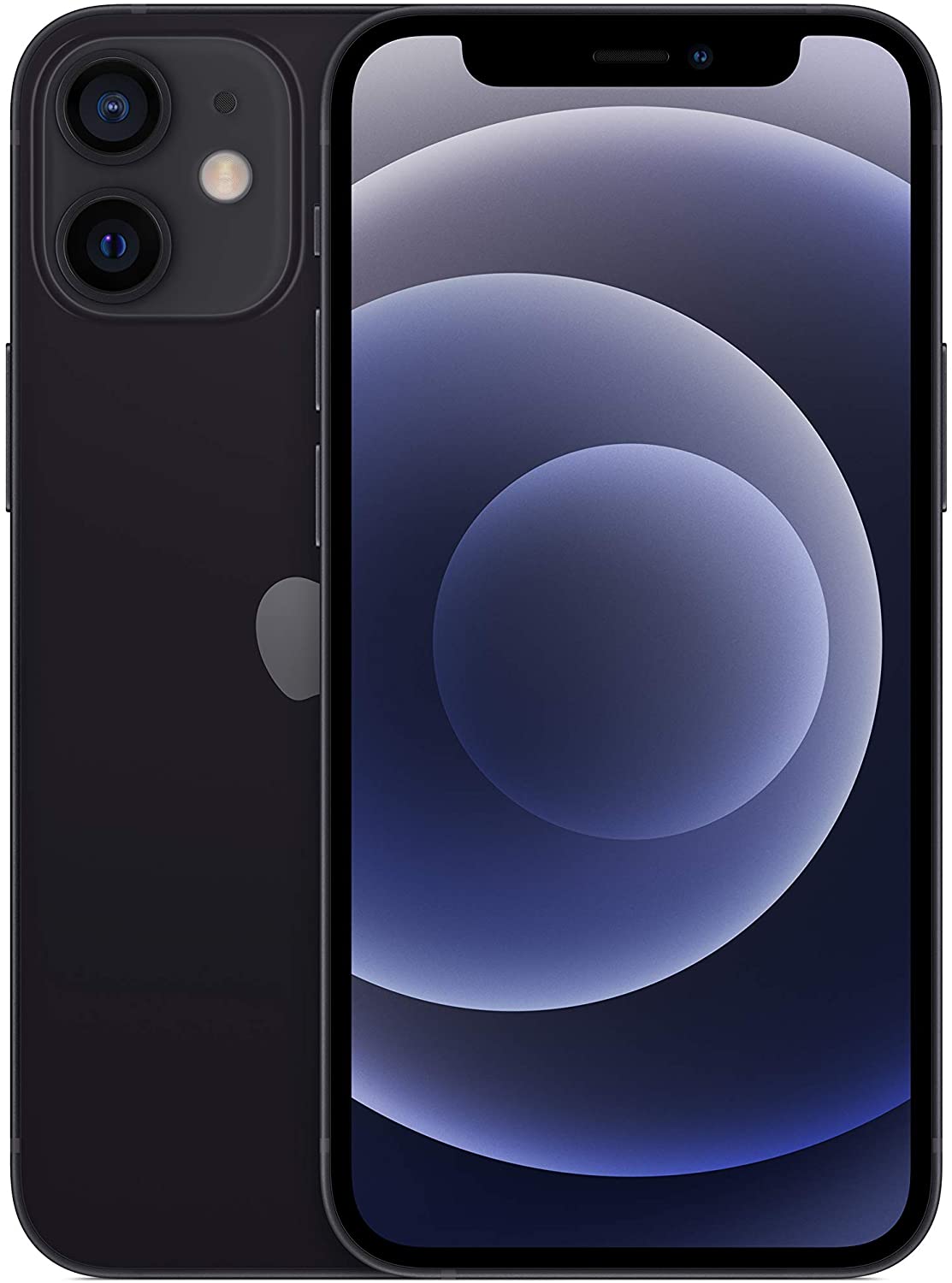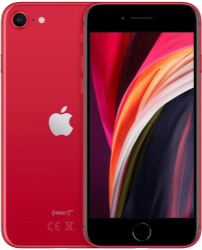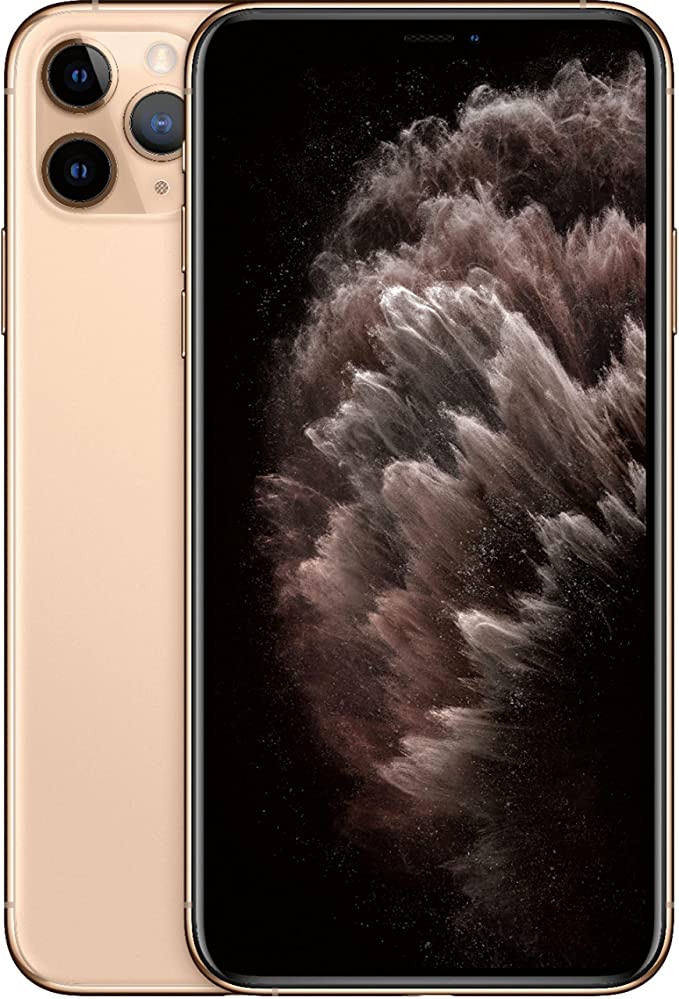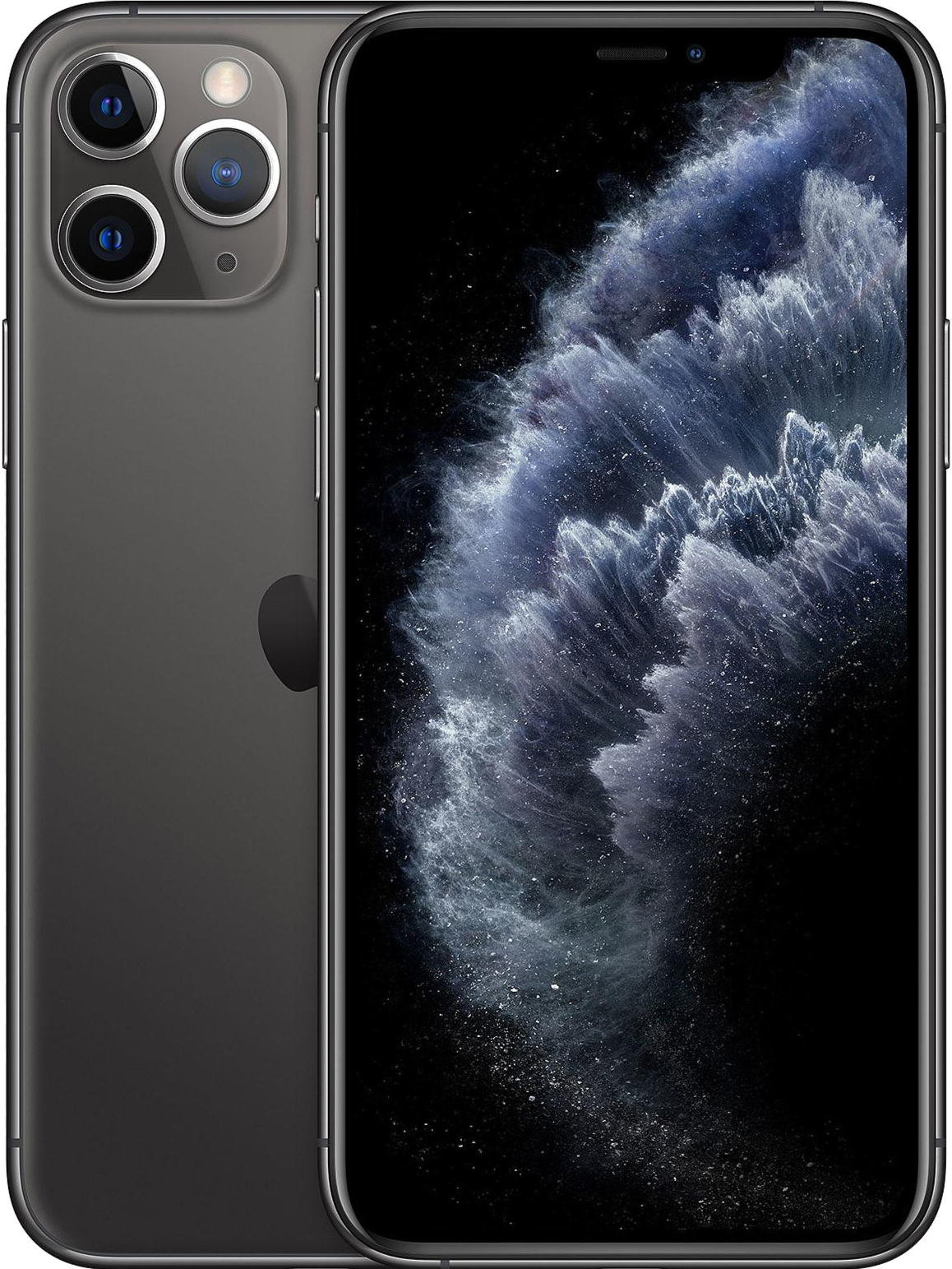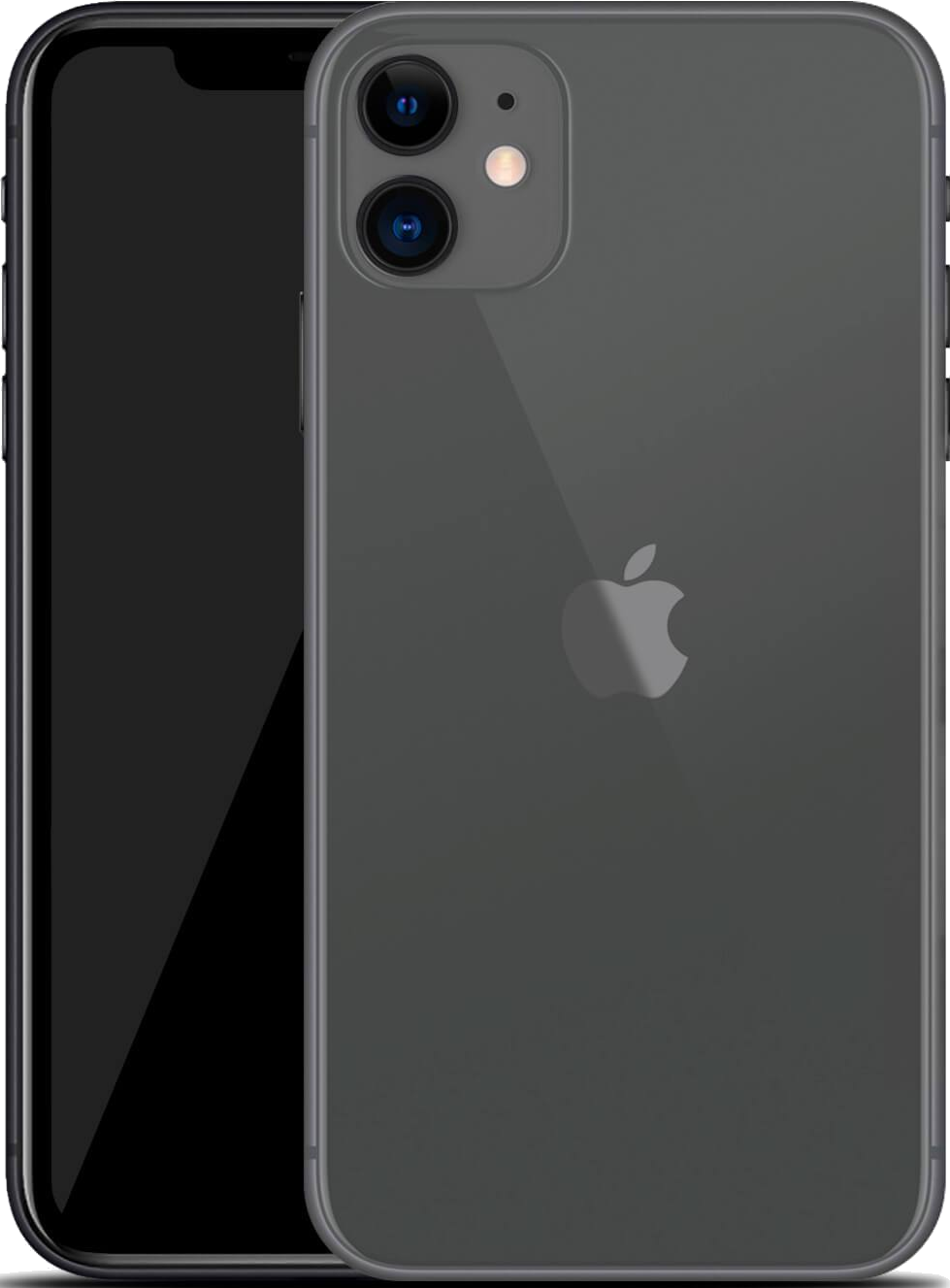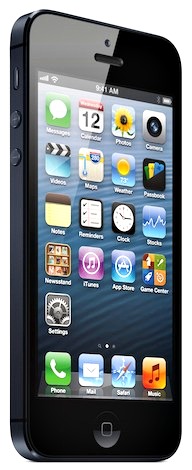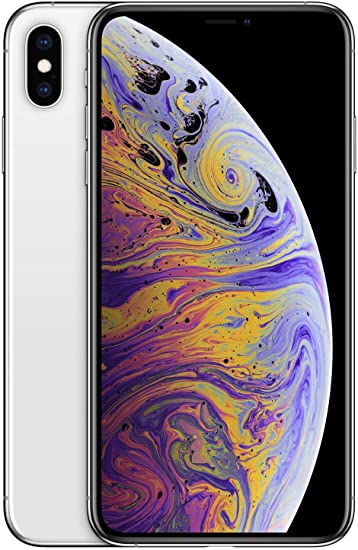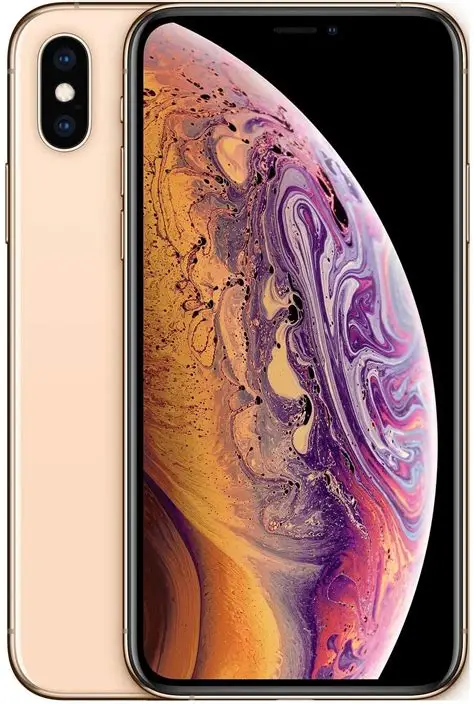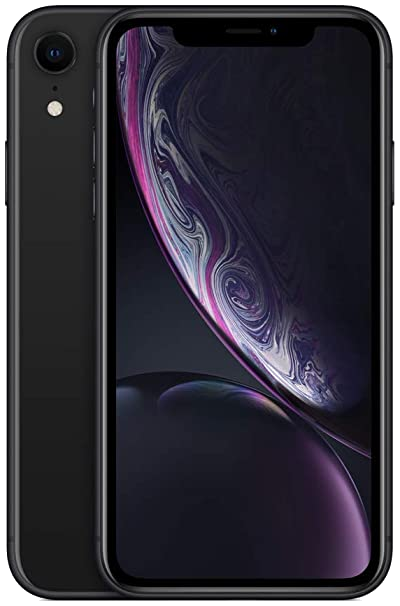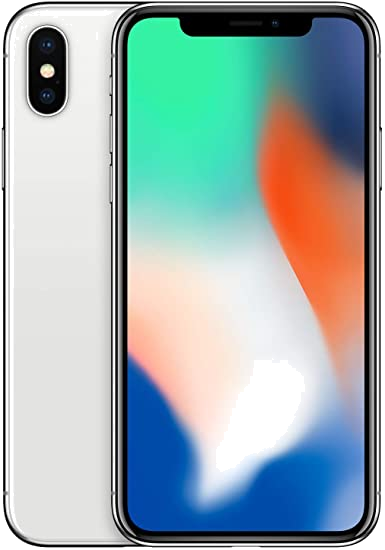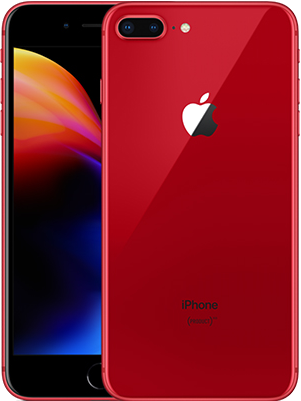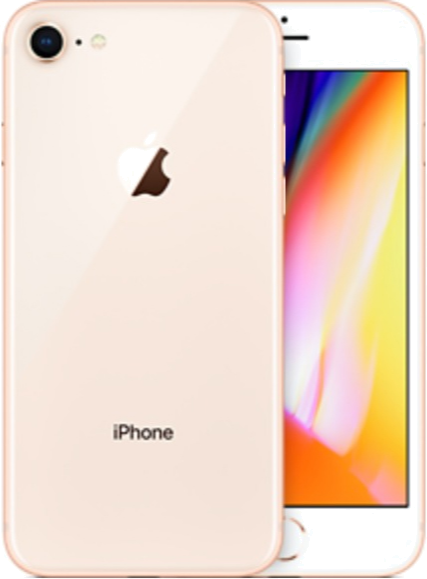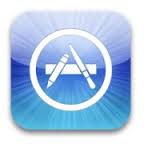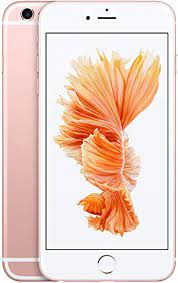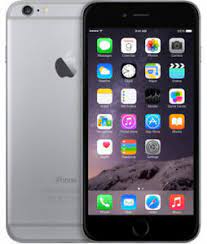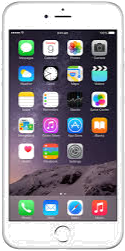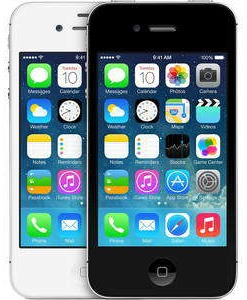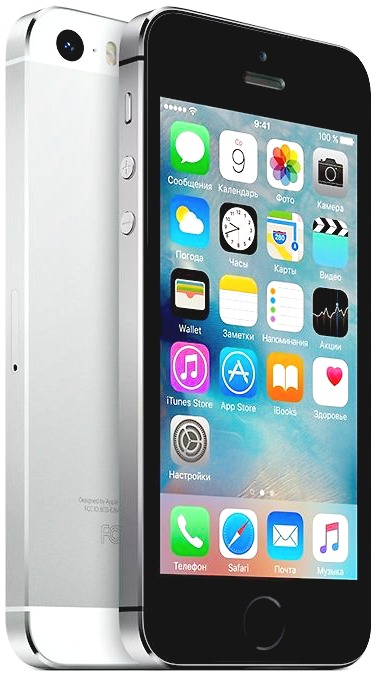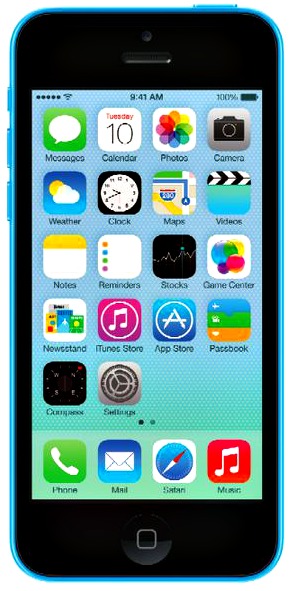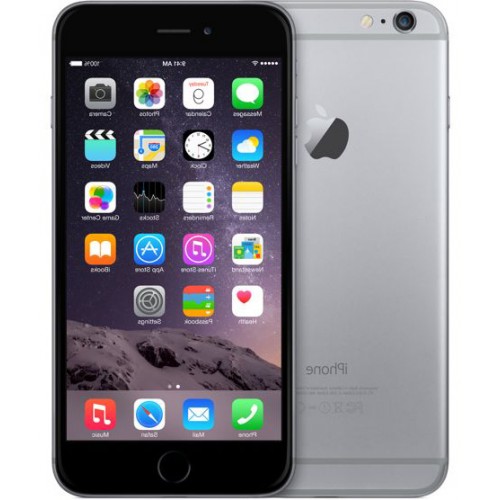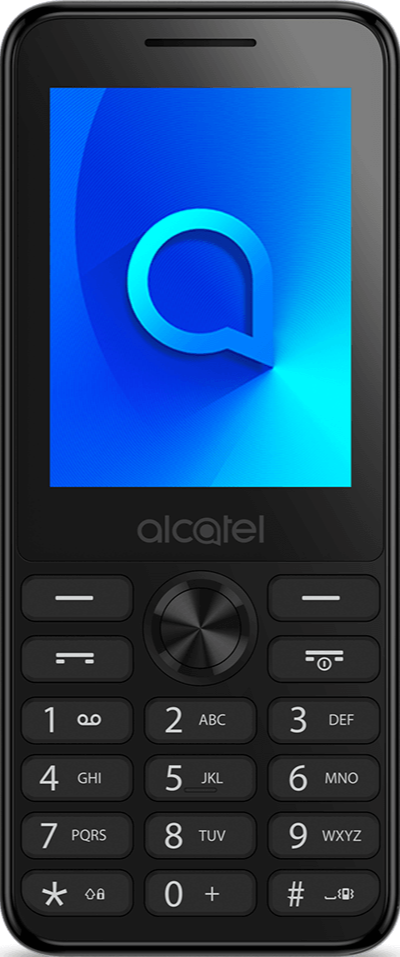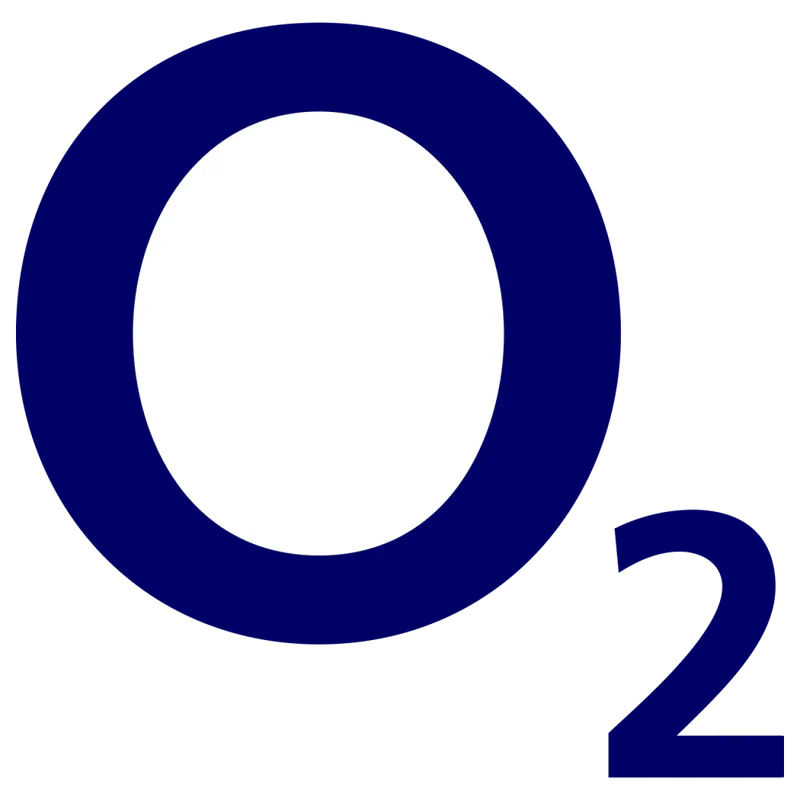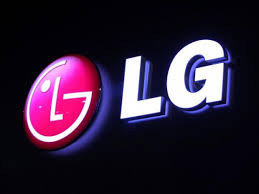Apple
|
Ever wondered how the Apple name came to be and why? Well here is how it all began. Steve Jobs was on one of his "fruitarian diets” and had just come back from an apple farm and thought the name sounded fun, spirited and not intimidating in anyway. |
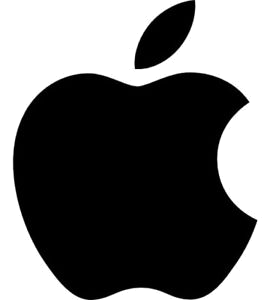 |
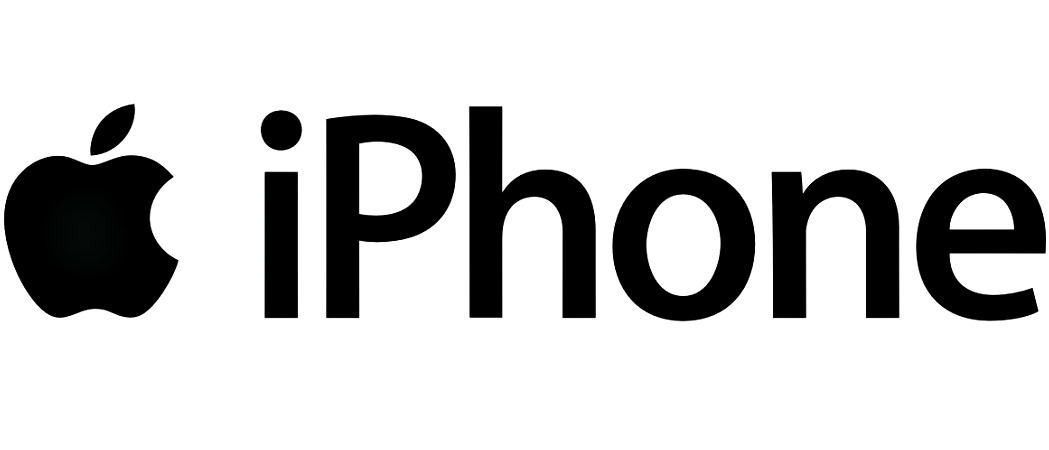
2025
|
, |
The two Steves the founders of Apple Steve Jobs and Steve Wozniak needed to raise capital fast, in order to start the business, Steve Jobs sold his Volkswagen microbus, and Steve Wozniak sold his Hewlett-Packard calculator, to raise the $1,350 in capital they needed to start. This was in 1975 when the 20 year olds Jobs and Wozniak (and Ronald Wayne) started up in Steve Jobs (wait for it) parents garage in Los Altos Crist Drive USA, they called it the "Venture Apple" here they started working on the prototype of the Apple 1 |

2024
|
We are sure with great regrets, considering what the it is today, Ronald Wayne only stayed on for a short time, leaving Jobs and Wozniak as the sole primary co-founders of the mega huge company that we see today, and then subsequently leaving. Steve Wozniak and Steve Jobs two college dropouts got to develop the company with the primary goal and desire to create a personal computer, they mainly wanted to make computers small enough for people to have them in their homes or offices. |
 Steve Wosniak Steve Wosniak |

2023
|
|
On April 1, 1976 Apple Computers was founded, Jobs and Wozniak brought a vision to the new company, one of changing the way people see computers as not technically intimidating but fun. The Apple Computer 1, was a desktop computer released by Apple Inc (then Apple computers) in 1976 hand-built and designed by Steve Wozniak and Steve Jobs had the idea of getting it out to the people and selling the computer. Apple Computers was incorporated on January 3, 1977, in Cupertino, California USA. |

2022
The Apple iPhone Smartphone Starts Here
|
Steve Jobs was just not innovative but also Authentic and the people believed it because Steve Jobs was so passionate, he believed that the goal of putting something out there is to be crystal clear about what you believe in, in a consistent way coupled with the discipline of how you do it. |
,  |

2021
|
, 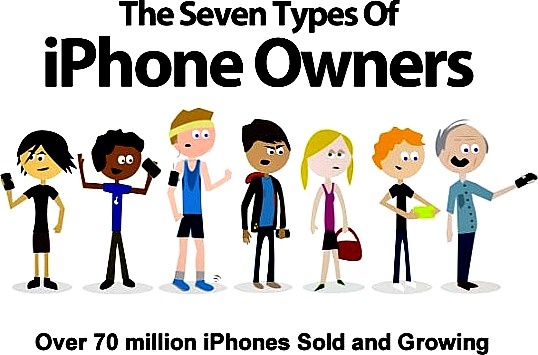 |
The iPhone became a symbol, an icon of these values and believes, it allowed and helped people who used them to say something about who they are on a very personal individual level, they believed in Steve Jobs and in-turn millions believed in his SmartPhones that are still confirming and solidifying his believes till this day well after he's gone Why? Because he truly felt something bigger than himself he's believes, drive and enthusiasm was something that would change the world he didn't do it for money, the profit-money was just a by-product. People didn't buy what he did, but why he did it. |
|
The very first iPhone was personally announced in early 2007 by Steve Jobs himself. Tagged as "reinvent the mobile phone" from the ground up suffice to say that they have not only led the whole SmartPhone industry but have also revolutionised the mobile phone into SmartPhones that we see today, to put it quite simply they more or less shrunk a Mac laptop computer to fit into the palm of your hand coupled with great aesthetics in terms of design which they have been well known for in the first place, with their great desktop and laptop computers they produced. So honestly coming up with the iPhone SmartPhone should have been something of a formality, A natural transition for Apple. |
, 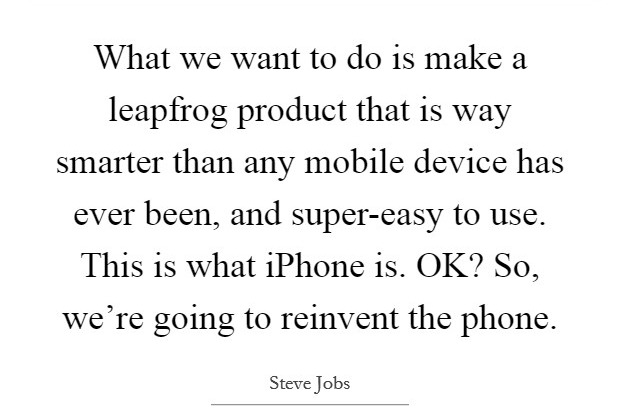 |

2020
 |
The first iPhone combined a capacitive 3.5-inch multi-touch display with touch-optimized software in a simple package that was at the time, unlike anything else on the market. Over the last nine years, the company has refined, tweaked and improved its iPhone in every way into what it is today; the iPhone 8. |

2019
|
To produce the iPhone they used a combination of glass metal and plastic to bring to life their vision of what a modern smartphone should look like, and continue to do so for all of their handsets throughout the history of the iPhone so far. However it should be noted that an overhaul in terms Major redesigns of the iPhone 4 and 5 saw the company take it to the next level, in both Aesthetic design, hardware and functionality. |
|
|
So now with the historical humble beginnings of Apple out of the way, we shall now go down memory lane of iPhone handsets that have been evolutionary, released through the years from start to finish.

2018
iPhone 2007 Apple 1st Generation
|
. |
, 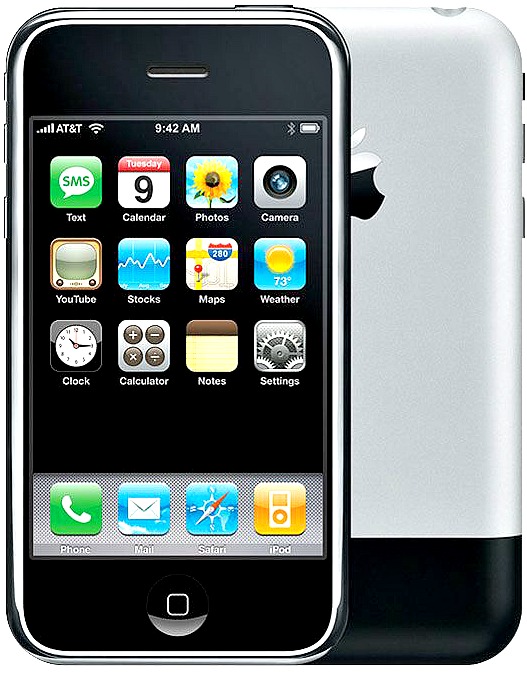 iPhone 1st Generation iPhone 1st Generation |
|
, |
In fact the impact the iPhone had on the smartphone market was huge, as rivals had no choice but to catch-up, the company must have been holding back technology for the future as the original iPhone had no GPS and no video recording YET. |

2017
iPhone 3G 2008
|
This is where the addition of 3G connectivity, third-party apps, GPS, and it also came in white, so this was a big step-up from the original. However with a plastic rear casing, with a rounded rear made it more ergonomically fitting to the hand and in turn the iPhone 3G dropped in price. And no doubt the iconic trademark home button placement remained the same. |
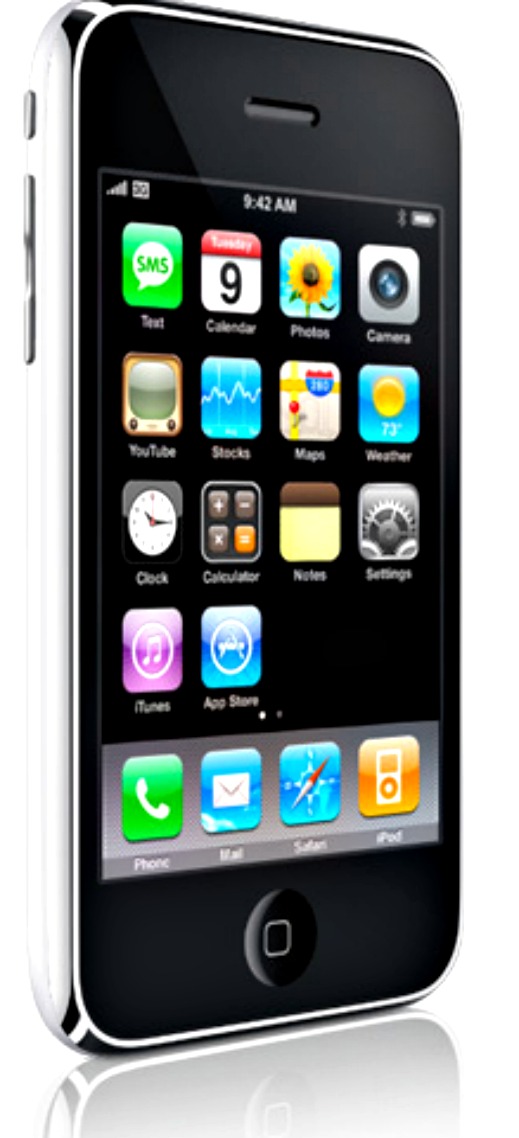 iPhone 3G iPhone 3G |
It can be said that the release of the iPhone 3G was the true turning point in SmartPhone history.
|
When the first iPhone was released it was received moderately but when the 3G model was released, Mobile Phone users started to see its true potential especially with the launch of the App Store which was a huge part of that, at the time iPhone 3G seemed like it was ahead of its time, even enough to have impressed James Bond if Q presented it to him . |

2016
iPhone 3GS 2009
|
The third iPhone was practically identical to the second. The iPhone 3GS had the same plastic rear, however as a novelty Apple made the iPhone text stand out with a silver colour. |
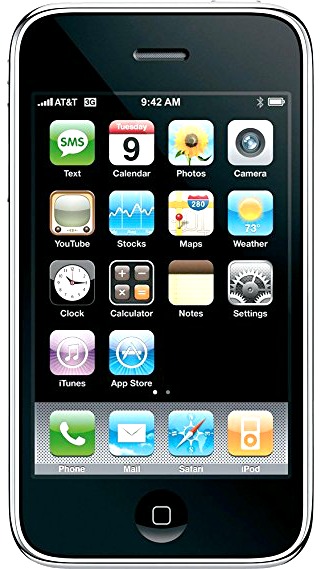 iPhone 3GS iPhone 3GS |
The
main difference with this model of the iPhone from the ones before was
the video recording abilities for the very first time, including the
camera getting an upgrade to a 3-megapixel camera capable of recording
video.

2015
|
, |
This is where the company started the "S" series SmartPhone variant model, it has now become tradition, they add an 'S' to the end of an iPhone that's been through an up-grade. The "S" stood for speed and represented hardware improvements under the hood, Inside Apple focused on speed improvements and highly requested cut, copy, and paste feature in iOS 3. Voice Automatic Control was added to the iPhone too, but note, it wasn't called Siri yet. |

2014
iPhone 4 2010
|
The iPhone 3GS was a big step forward for the company, but the iPhone 4 was a giant step forward indeed. When Steve Said "Apple is going to reinvent the phone," the iPhone 4 was the one that really represented what he was talking about. It had a combination of glass and stainless steel, the front and back of the iPhone 4 is covered in glass it was complete overhaul and redesign of the iPhone. |
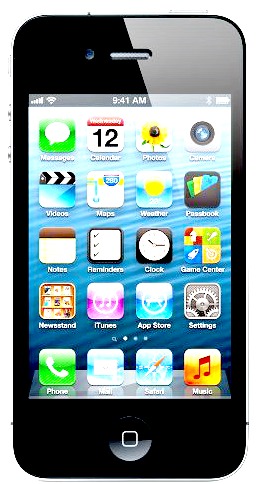 iPhone 4 iPhone 4 |
|
, |
This was the first time they came out with FaceTime with a forward-facing camera and as for the curvy-back look of the previous 3GS, they came out with something totally new with a square and flat look that made the iPhone 4 look clean and modern and in addition it had the very first Retina display on the same 3.5-inch size screen and a 5-megapixel camera with LED flash . |
iPhone 4S 2011
|
For starters this one had a faster processor, with better support for the Siri digital personal assistant. The camera improved to an 8-megapixel camera with 1080p video, and with improved signalling capabilities to aid better calls due to a dual-antenna design of the 4S neatly arranged inside the stainless steel band, following the upgrade pattern of the 3G to 3GS upgrade, Apple’s iPhone 4S looked just like the iPhone 4.4 |
. |

2013
|
|
So then with the 4S, when it came to specs and latest features, there wasn't too much of a wow factor effect. But the biggest improvement was the upgrade of iOS software up to 5.0 which paved the way for the arrival of Siri which is the digital assistant that now plays such a main role on the iPhone. |
iPhone 5 2012
|
, Apple went to a another level with a new radical design, for starters it switched to a new Lightning Connector with new re-modified EarPod headphones. This was the lightest and thinnest iPhone so far with an all-new aluminum design that encased a larger 4-inch display screen. |
|
|
To put it simply this was their next major redesign of the iPhone after the iPhone 4 arrived, with the iPhone 5 it was very light to hold with a better 8-megapixel camera with a sapphire crystal lens cover and spotted a HD FaceTime camera at the front. . |

2012
iPhone 5C 2013
|
What made the iPhone 5C slightly cheaper? It's because it was an iPhone 5 with a plastic rear. But the bottom line was it only had a few cosmetic changes on the outside and was still very much the same iPhone 5 on the inside but with a different face on the outside, so in other words, it was very much a rebadged iPhone 5 , In 2013 the company started releasing two iPhones every September as opposed to one, this was to stay competitive with rivals. |
, |
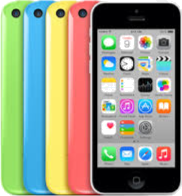 iPhone 5C iPhone 5C |
As we know that Samsung dominates the mid range smartphone market and this was their first entry into this sector giving iPhone buyers an option that was cheaper but still brand new for the first time. |
|
It must be noted that before the release of the 5C Apple only released Flagship SmartPhones period. iOS 7 was also launched at the same time, given the iPhone software more flexibility, providing the ability for the apps to multitask effortlessly and introducing the Control Centre for more convenient access to the iPhone's settings. |
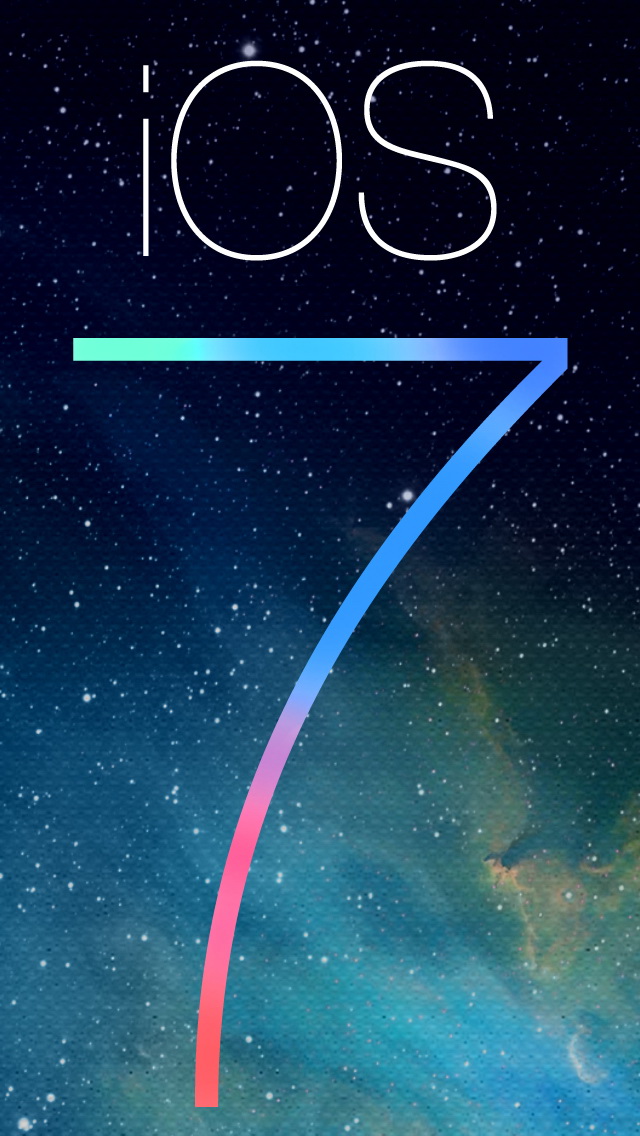 |

2011
iPhone 5S 2013
|
Straight of the bat with the 5S, the most notable thing is the redesign of the iPhone home button, for the first time the iPhone 5S, had a fingerprint Touch ID sensor to unlock the SmartPhone by simply touching ones finger on the home button. And like was expected the S trend Continued with iPhone 5S which was more or less identical in appearance to the iPhone 5 by just looking at them. |
|
A new colour was introduced with the iPhone 5S which was the gold option that differentiated it from the 5, this was big for the iPhone Flagships, because for the first time they offered an alternative to the typical black or white. |
For the first time, they Introduced the 64-bit A7 processor under the hood, a big change inside the phone that other manufacturers have since followed. Even the iOS 7 was pimped-up with great looking improved visuals, including brighter icons and translucent menus that are still in use today.

2010
iPhone 6 and iPhone 6 Plus 2014
|
|
(the fine line between a Phone and a Tablet) it has been realised that the SmartPhone has become the main source of entertainment and information on a daily bases, for personal and professional use.
|
, |
The iPhone 6 had a 4.7-inch display, and the iPhone 6 Plus jumped to 5.5 inches from corner to corner, when it was released, it was the biggest iPhone ever and got close to iPad mini territory; and both with Retina HD displays, they improved the ergonomics of the iPhone with all curved edges and sides which gave it an all round curved body. They also introduced NFC chips for the payment system called Apple Pay and other services. The iPhone 6 Plus includes optical image stabilization giving better photo and video results than ever before and added in more pixels to boot to 8-megapixel to its camera . |

2009
iPhone 6S 2015
|
Following the tradition, the 6S looked the same as the iPhone 6, however while the outside is identical, the stuff that was crammed inside made all the unseen changes. |
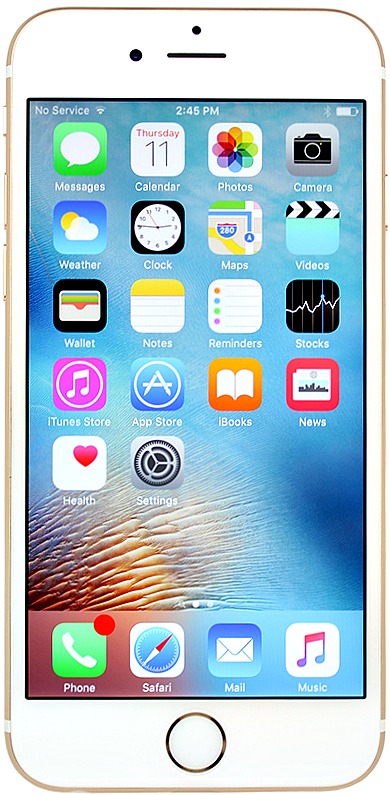 iPhone 6S iPhone 6S |
Apple needed to emphasise this fact so much so that they came up with the catch-phrase 'The Only Thing That's Changed Is Everything'.
|
|
The bottom line is that the iPhone 6s to many, was not unexpected as these 'S' variants of the previous year's released phone. Had a difference of a few upgrades, but mainly keeping the same design and chassis more or less and it looks like this odd numbered year release pattern is here to stay. |

2008
|
iPhone SE 2016 |
|
This one was a bit of a backtrack, why go back to an iPhone that looks like a iPhone that's been released before, that being the iPhone 5. Maybe Apple was taking a stab at the upper mid-range SmartPhone market, just like it did with the iPhone 5C, people kind off expected a smaller iPhone with a lower price tag, but this was not the case. |
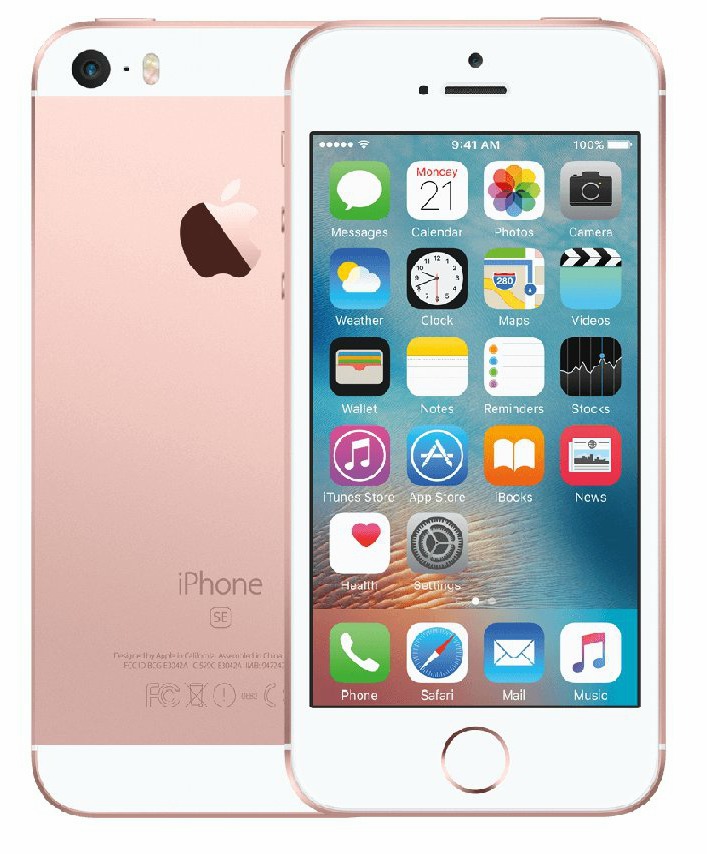 iPhone SE 2016 iPhone SE 2016 |
|
, |
Apple released an iPhone (SE) that was bang-on up to date in terms of software and inner hardware components and functionality burrowed from the iPhone 6S, but surely no one thought it would look like the iPhone 5. But nevertheless, when compared with the bigger screened trendier iPhone 6 and 6S it was still good genuine value for money. |
iPhone 7 & 7 Plus, September 16, 2016
|
What made the most shockwaves with the release of the iPhone 7 and 7 Plus, was what they took away from the iPhone, they completely removed the headphone jack. All iPhone 7 and 7 plus iPhones came with a EarPods, they plugged into the lightning port through an adaptor for headphone usage. But it must be noted that Apple removed the headphone jack in order to allow the introductions for its Wireless AirPods. |
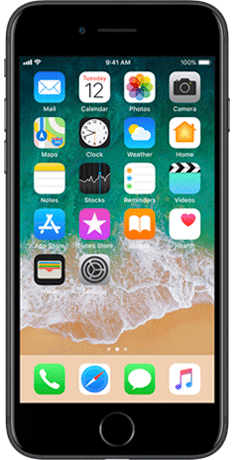 iPhone 7-black iPhone 7-black |
|
, |
Out of all the iPhone Plus models that had been released, the 7 plus was the most popular to date, breaking sales records in its first weekend, This was due to the fact that fans were dying and waiting for the next super large Phablet and due to its new dual camera, the 7 Plus features two rear cameras that work in tandem to perceive depth portrait and produce quite nifty images. |

2007
|
The Dual Cam enabled massive improved zoomed features such as better Portrait mode and the ability to take impressive photos using Depth of Field, and of course all these improvements was due to the huge software update. |
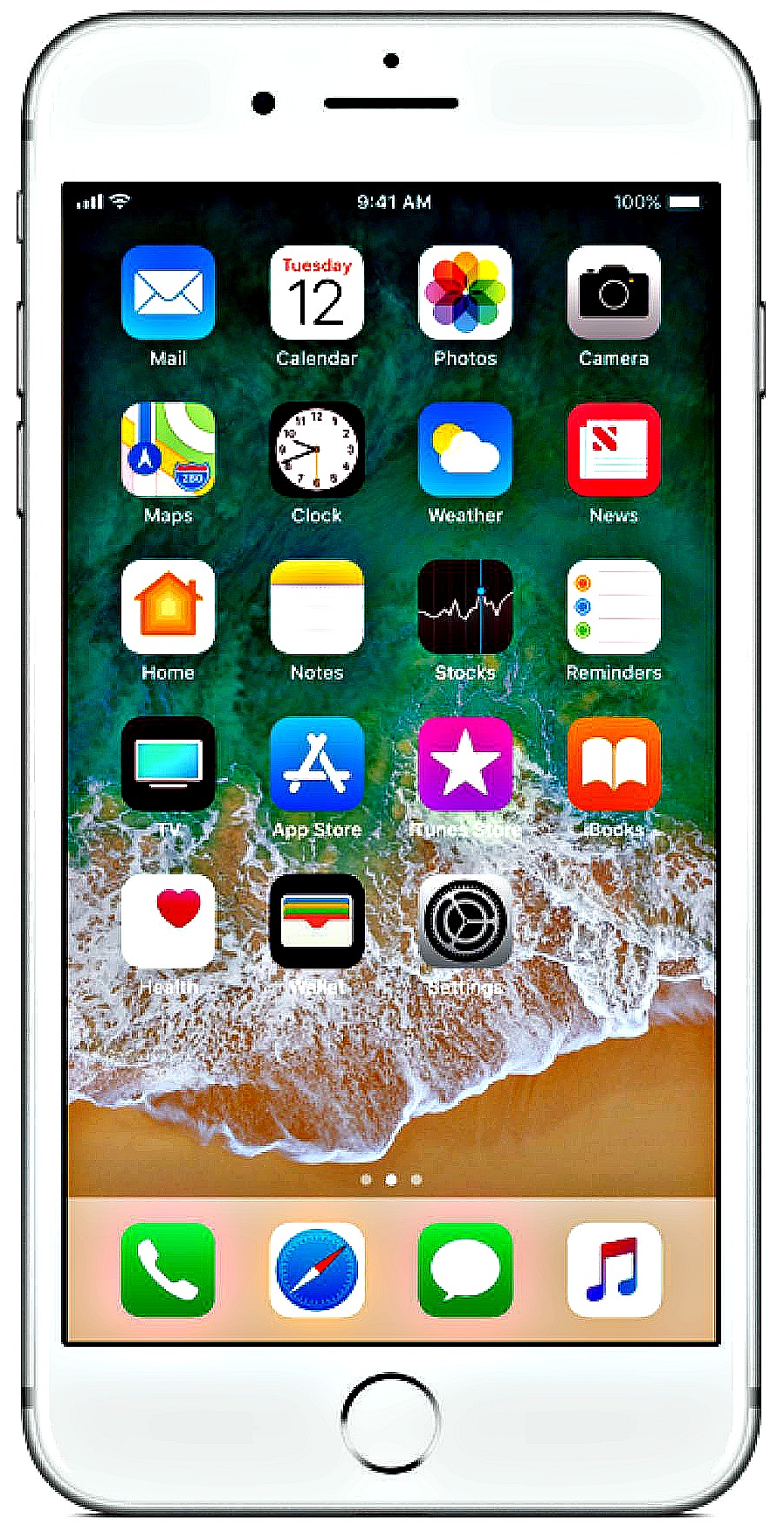 iPhone 7 plus iPhone 7 plus |
|
While the iPhone 7 and 7 Plus could be criticised as just slightly update versions of the iPhone 6 and 6S, sure they appear to have quite similar designs and functions, how ever the differences are clear, They’re the first iPhones to have no headphone jacks, the first without physical home buttons, and the first waterproof iPhones amongst other improvements. |
